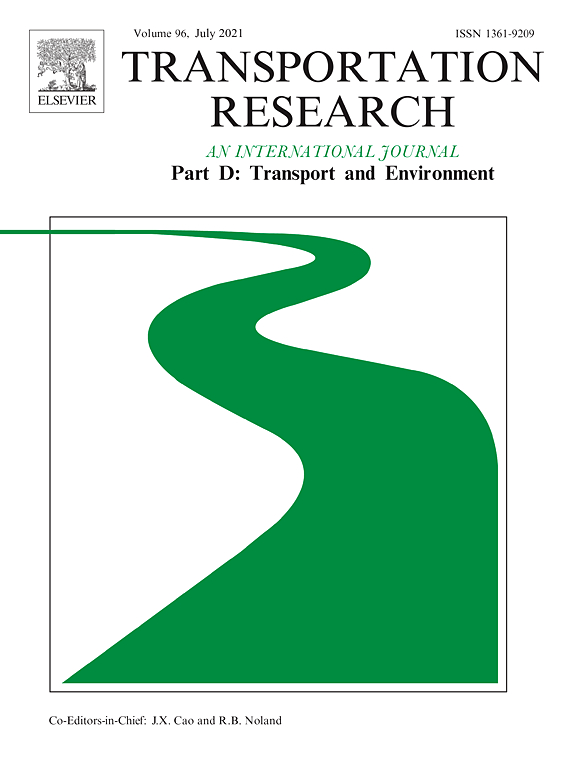Air quality and greenhouse gas implications of autonomous vehicles in Vancouver, Canada
Abstract: This study explores vehicle fleet emissions changes due to connected and autonomous vehicle (CAV) diffusion, over the years 2030 and 2040 in Metro Vancouver, using the US Environmental Protection Agency’s MOtor Vehicle Emission Simulator (MOVES). Impacts were assessed across scenarios with varying future vehicle kilometers traveled (VKT), transit use, fuel-type, and diffusion rate. In all models, greenhouse gas emissions (GHGs) were reduced due to increasing electric vehicles, though reductions varied. At best, CAVs decreased GHGs by 20% compared to no-CAV conditions in 2040. At worst, we model a 6% decrease in GHGs if autonomy provokes increased use of personal vehicles (Motor City scenario), even with 85% electric vehicles. An overall reduction in emissions is seen for other pollutants, with the exception of PM, ranging from emissions reductions of up to 20% (PM exhaust) to an increase in emissions by 30% (PM2.5 brakewear) in 2040. Increased VKT per CAV had the most significant impact.

